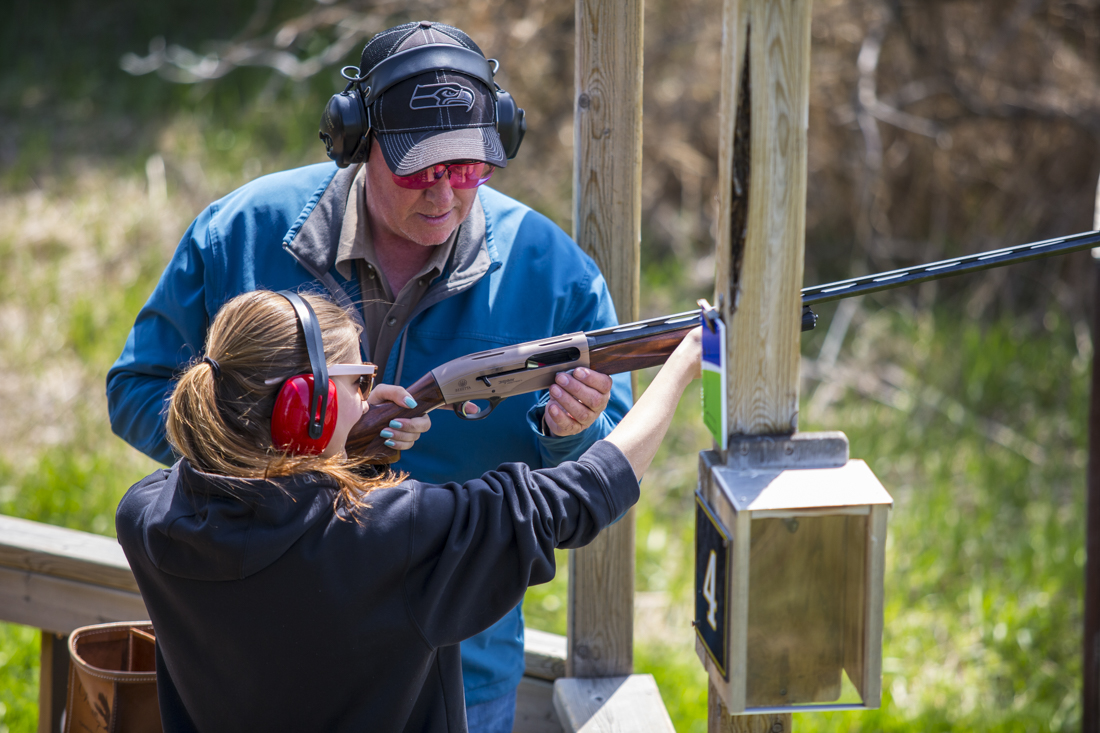Author: Luther Cutts, Head Instructor (NSCA Level 3), Competitor
It is amazing how seemingly insignificant actions can have such powerful consequences.
I was in the chair at the Endodontist’s office, having a root canal performed, when the doctor mentioned to his assistant that he was reading a book that, part way through the book, he was getting the feeling that he had read it before. But, he said, the book was so interesting, that he was going to read it again anyway. The book, “The Secret Letters of the Monk who sold his Ferrari”, is about a very successful American lawyer who leaves his practice and travels the world to find the real meaning of life. It is a fictional work, but what intrigued me was the concept advanced by the book of the advantages of being forced out of your comfort zone.
I immediately obtained a copy of the book and found it to be an easy 220 page read. I wanted to understand the author’s perspective on expanding the mind, on learning new things, on achieving one’s goals and objectives. I was interested in this for one reason – to better assist the people I work with on improving their shooting skills. One of the biggest challenges I have found over the years is not teaching them the technical aspects of the sport, but rather, on being comfortable on expanding their boundaries.
I believe that the vast majority of shooters want to improve – I believe they know that they can do better, even when they are shooting quite well. In my experience, what is holding them back is their unwillingness to leave their comfort zone. It is called a comfort zone for a reason! It is where we are confident, and where life is grand. Nobody likes to fail – and to venture outside one’s comfort zone invites failure. We are no longer comfortable, and it is often an unpleasant experience. As with all gambles, however, there are benefits to be realized as well.
Trying new things, or things that we believe are beyond our capabilities, is fraught with risk – the risk of failure and humiliation – things most sane people prefer to avoid. The price we pay for the apparent safety of our comfort zone, however, is stagnation, brittleness and the subtle but persistent sensation that life is passing us by.
In the book, the portion that deals with leaving one’s comfort zone is called “Embracing Your Fears”, it reads:
What holds us back in life is the invisible architecture of fear. It keeps us in our comfort zones, which are in truth, the least safe places to life. Indeed, the greatest risk in life is taking no risks. But every time we do that which we fear, we take back the power the fear has stolen from us – for on the other side of our fear lives our strength. Every time we step into the discomfort of growth and progress, we become more free. The more fears we walk through, the more power we reclaim. In this way we grow both fearless and powerful, and thus able to live the lives of our dreams.
Oliver Wendell Holmes once said that, “… a mind, once stretched by an idea, never returns to its original dimensions.”
There is a solemn responsibility, an implicit contract between the coach and the student, that the coach will do no harm. The coach must never humiliate or belittle the student and must always be the student’s biggest advocate. Everything the coach does is to improve the student. Between them, a bond of trust and mutual respect grows and is nurtured by every act and each word. A good coach, at the same time, will know when it is appropriate to push the student a little bit, and perhaps nudge them out of their comfort zone.
For a coach to properly expose the student to the possibility of failure, the proper foundation must first be established. The student must be ready to take this leap of faith and the coach must be ready to deal with the fallout if things don’t go according to plan. A good coach knows precisely when the student is ready to be presented with a new challenge. This is not a practice limited to the shooting sports. It is common in most aspects of life – with the journeyman and apprentice, with the parent and their child, and in the martial arts with the kohai (student) and sempai (instructor).
And how does this relate specifically to shooting?
The kohai-sempai relationship, the relationship between the student and the coach, must be strong enough to withstand the stresses of pushing the boundaries. The coach must be able to recognize when the student is ready to be pushed. Together, the student and the coach will find the limits of the student’s abilities, and the cycle will begin again.

